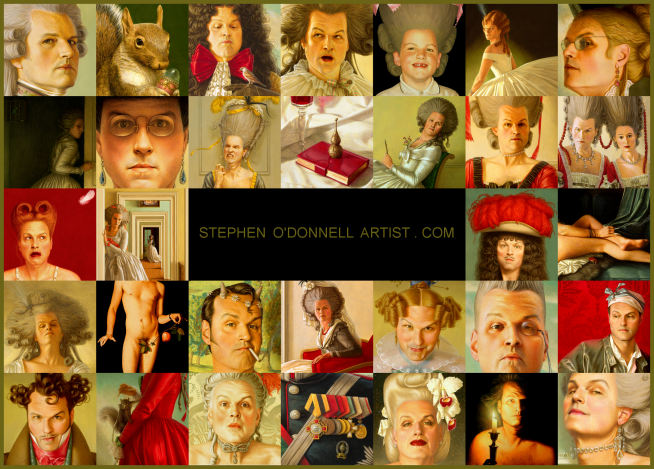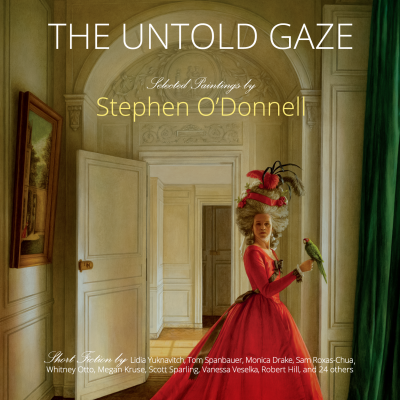These images of the Spanish-born French Empress are completely new to me. They're from a portfolio of photographs of the imperial lady in fancy dress costume; the portfolio has recently been brought to auction. Costume balls were one of the forms of amusement most enjoyed at the court of the Second Empire, and the Empress took frequent advantage of the opportunity to dress up in gowns inspired by her great idol, Marie Antoinette. (Who was not a very wise model, as it turned out....) Three of the four costumes here look to be inspired by the fashions of the late eighteenth century and by her unfortunate predecessor.
 |
| In these two images her toilette is clearly inspired by the the fashions of the seventeenth century. |
The costume in the photograph above is obviously the same as that worn in the unrelated image below, though there have been changes made to the gown; the arrangement of the overskirt is different, for one. This is the same costume that the Empress wore in one of her first portraits by Winterhalter, a
painting I've written of previously.
She was considered one of the greatest beauties of the nineteenth century, but gazing upon photographs of the Empress Eugénie, the modern eye would rarely judge the woman we see there as anything like beautiful; she looks a bit odd, really, with her long nose and drooping eyes. I guess we have to account for changing tastes and the unflattering crudeness of early photographic techniques. And perhaps this is
one instance where we should actually put our trust in the glorifying brush of Herr Winterhalter.





























































